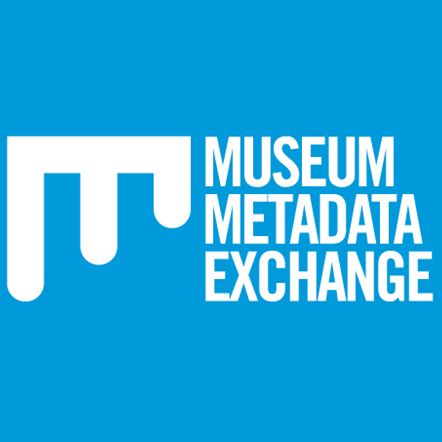Brief description
This collection of over 300 pieces of shipwreck material includes ship fittings, cargo, crockery, personal possessions, coins, furniture, medals and figureheads from shipwreck sites. It dates from mid-seventeenth century Dutch shipwrecks on Australia's coastline to more recent wrecks in the 1960s.Full description
The Museum has a substantial collection of artefacts connected with Australian shipwrecks with a focus on South Australia. The Museum is custodian of the Gavin Berecry shipwreck collection acquired over many years at dive sites across Australia. Gavan Berecry (1940- 1993) was an amateur diver who salvaged material before the introduction of the Historic Shipwrecks Act (1976). This material was transferred from the Department of Environment and Heritage to the museum in 2006. The collection includes ephemera such as certificates of bravery issued to those who assisted in rescue efforts, artefacts commemorating shipwrecks and their victims, and published narratives of these maritime tragedies.Significance
More than 850 vessels have been wrecked in South Australian waters since European settlement in 1836. The shipwreck collection helps explore this significant part of South Australia's maritime history and includes artefacts from some of the state's most dramatic and publicised wrecks including the Star of Greece (1888), the Nashwauk (1855), the Clan Ranald (1909) and the Admella (1859). The personal possessions salvaged from migrant ships - coins, clothes and jewellery - provide insights into the lives and aspirations of people travelling to a new land, while ship fittings and furnishings - lamps, taps, crockery - reveal something of life onboard these vessels. Salvaged cargos hint at the crucial importance of shipping in provisioning the colonies and exporting the produce that kept them solvent. Their cargos help tell stories of trade, community need, and growth in the province. Although the chances of perishing in shipwreck during the nineteenth and twentieth century were statistically slim, shipwrecks were an obsession - a saga of real people caught up in extraordinary events. Rescue efforts captivated the colonies, myths and stories flourished around shipwreck sites, and wrecks such as the Star of Greece and Admella were the catalyst for major changes in South Australia's maritime safety. The collection includes relics from early Dutch ships such as the Vergulde Draeck (1656) and provide insights into the great European trading syndicates (such as the Dutch East India Company) that explored sections of Australia's coastline well before the French or British.Data time period: 1650 to 1960
Spatial Coverage And Location
text: Netherlands
text: South Australia, Australia
Subjects
Admella |
Artefacts |
Clan Ranald |
Department of Environment and Heritage |
Dinnerware |
Dutch |
Figures |
Furniture |
Gavin Berecry |
Nashwauk |
Personal effects |
Settlement patterns |
South Australian Maritime Museum |
Star of Greece |
coins |
immigration |
maritime archaeology |
maritime safety |
medals |
migration |
relics |
ship fittings |
ships |
shipwreck |
shipwreck artefacts |
shipwrecks |
water transport |
User Contributed Tags
Login to tag this record with meaningful keywords to make it easier to discover
Identifiers
- Local : SAMM 3
- URI : maritime.historysa.com.au/collections/shipwreck-collection



